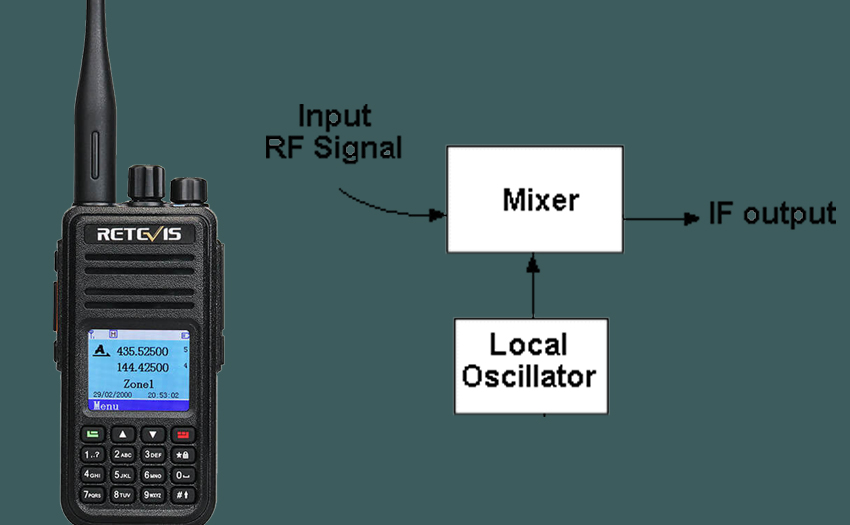+86 15093323284 hams@ailunce.com
What's the Local Oscillator

The local oscillator frequency is a term often mentioned in the superheterodyne receivers. The local oscillator frequency is generated by the local oscillator circuit. There is a local oscillator in the superheterodyne receiver, which can output a stable high-frequency electromagnetic wave, which is mixed with the received high-frequency signal to produce a different frequency. This difference frequency is Intermediate frequency, that is heterodyne, which in turn forms superheterodyne receiver.
When the local oscillator frequency is higher than the signal frequency (the local oscillator frequency is one intermediate frequency higher than the signal frequency), it is called a high local oscillator, and when the local oscillator frequency is lower than the signal frequency (the local oscillator frequency is one intermediate frequency lower than the signal frequency), it is called low. Local oscillator. Compared with a high local oscillator and low local oscillator, the high local oscillator has the stronger anti-interference ability.
The local oscillator circuit generally uses a stable crystal oscillator, a small size, and a large-scale integrated digital frequency synthesizer with high reliability to achieve high oscillation frequency, easy start-up, stable oscillation frequency, high amplitude, and good oscillation characteristics the goal of. In addition, the power supply can be supplied separately from digital and analog, and the grounding and shielding are good. There is a band-pass filter at the output of the local oscillator to make the output of the local oscillator have low clutter. In this way, the accuracy of the oscillation frequency and amplitude is high, the stability is good, and the local oscillation frequency drift is reduced or avoided.











